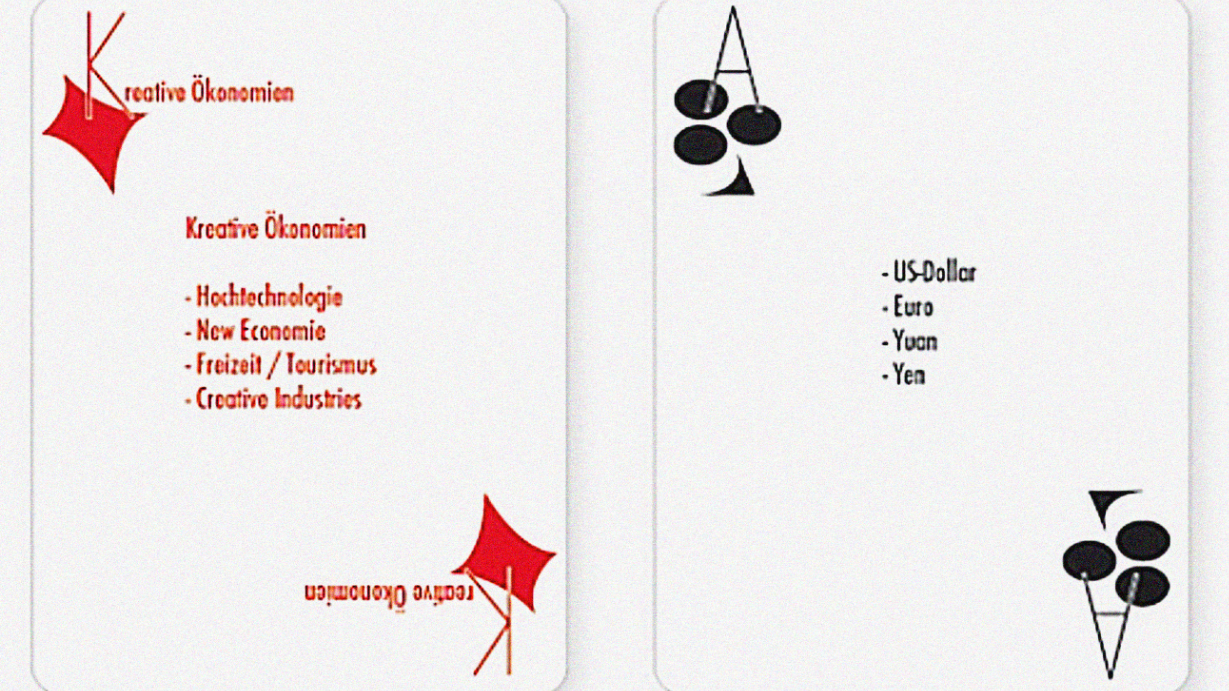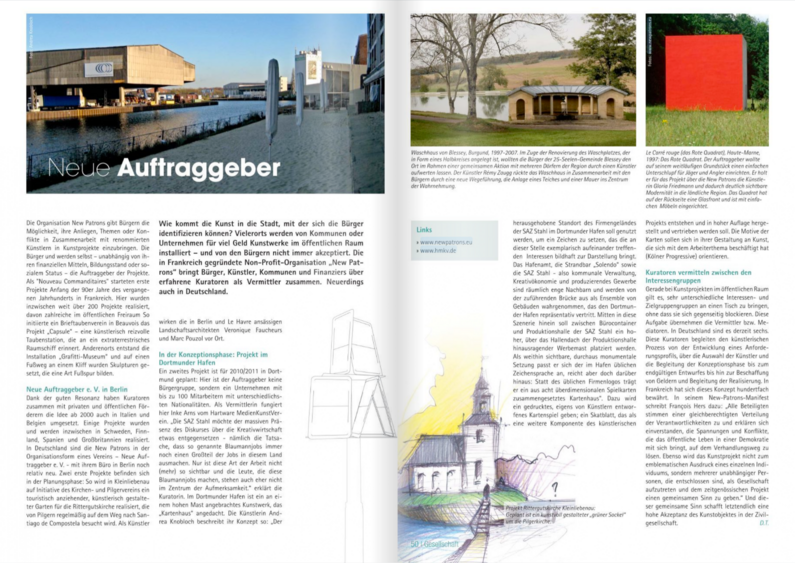The Steel Processing Centre (SAZ Stahl) supplies customers in Germany, the Benelux countries and Scandinavia. The raw steel that is processed at SAZ Stahl in contract manufacturing comes from all over the world. The core team consists of approx. 70-80 staff members. In addition, there are about 30 temporary workers, depending on the order situation. The employees come from Turkey, the former Yugoslavia, Russia (first and second generation), East Germany and a few workers of Egyptian, Libyan and West German origin. The working language is German. Good language skills are a prerequisite, especially for security reasons. Traditional industries and trades are actively participating in the structural change in the Ruhr region: the people working here have created and continue to create values on which cities and the region can build their future development. The artwork commissioned by the SAZ is intended to find a visible expression for the following concerns: Respect and public recognition for the achievements of workers creating in the manufacturing sector! Respect and public recognition for the achievements of the manufacturing sector and their contribution to the economic development of the city of Dortmund!
The prominent location of the SAZ Stahl company premises in Dortmund harbour is to be used to create a symbol that visually represents the interests that meet at this exemplary location. The port authority, the beach bar "Solendo" and the SAZ Stahl - i.e. municipal administration, creative economy and manufacturing industry - are close neighbours and are perceived from the approaching bridge as an ensemble of buildings that represent the port of Dortmund. In the middle of this scenery, between the office containers and the production hall of SAZ Stahl, a tall advertising mast is to be placed, projecting over the roof of the production hall. Visible from afar and quite monumental, it fits in with the port's usual sign language, but goes beyond it: instead of the usual company logo, it bears a house of cards composed of eight oversized playing cards. The playing cards printed on the image carrier refer to a specially designed pack of cards, a skat deck, which is to be created as a further component of the artistic project and produced and distributed in large numbers. In the strategic interplay of the components, the advertising pole occupies the position of the referring, static sign. The pack of cards, on the other hand, takes on the moment of dispersion. As a small, handy object of daily use, it can convey the contents and questions suggested by the client in a complex and uncomplicated way. For SAZ Stahl, the pack of cards is a tool that can be placed precisely where the need for information and discussion is recognised, as a gift that promotes the concerns formulated in the commission. SAZ Stahl represents the type of flexible architecture that is inscribed with provisionality, mobility and economic pragmatism: open halls, clad with corrugated sheet metal, serve as storage and production sites. The management resides in a two-storey container building. The identification of the company is ensured solely by large advertising boards that are visible from afar on the hall wall and the cargo crane. The construction of the planned house of cards, made up of a total of 8 oversized playing cards, takes up the no-frills design of this moment-oriented architecture. A load-bearing steel framework sits on top of the mast. The image carriers, made of the usual weather- and wind-tested materials for outdoor advertising, are firmly screwed to it.





